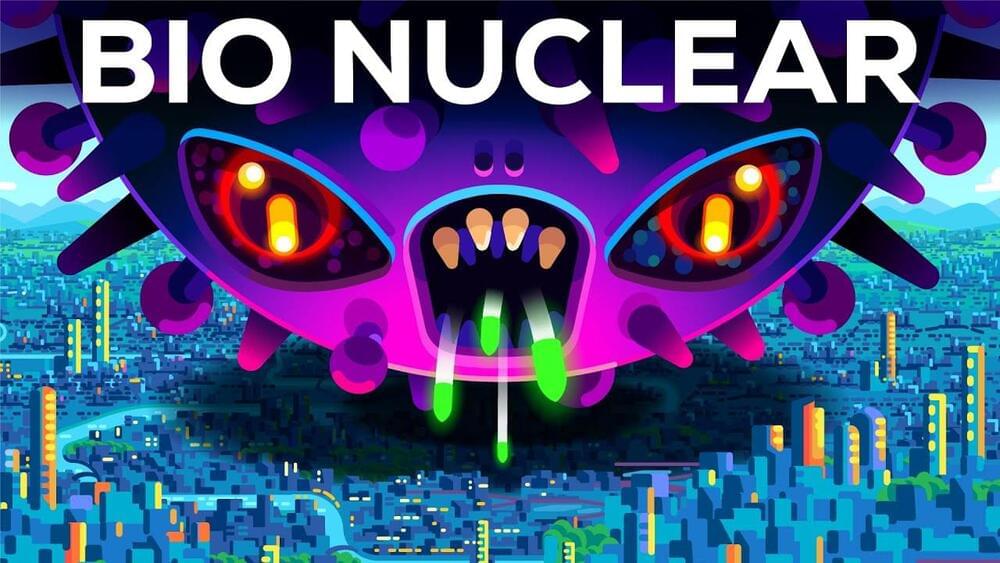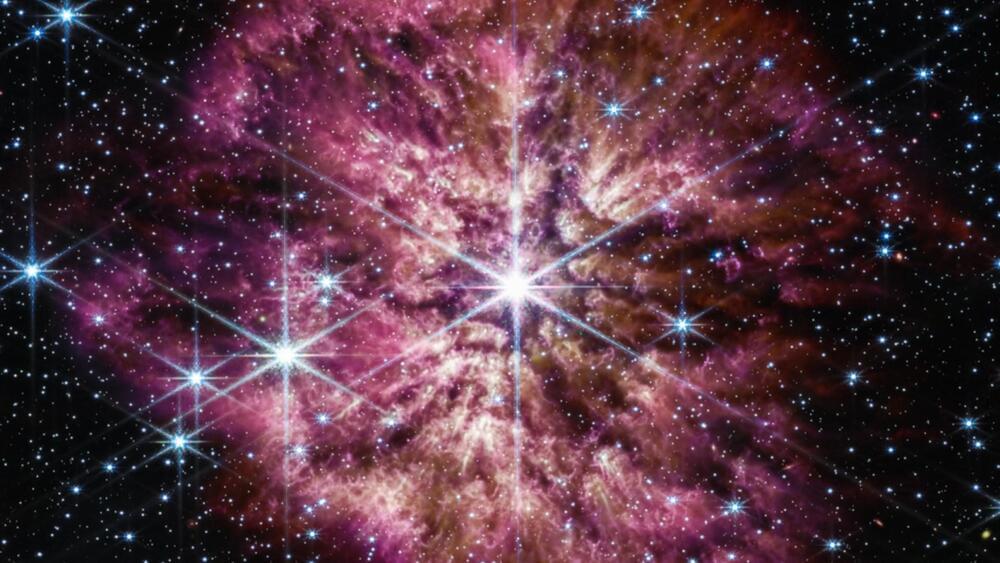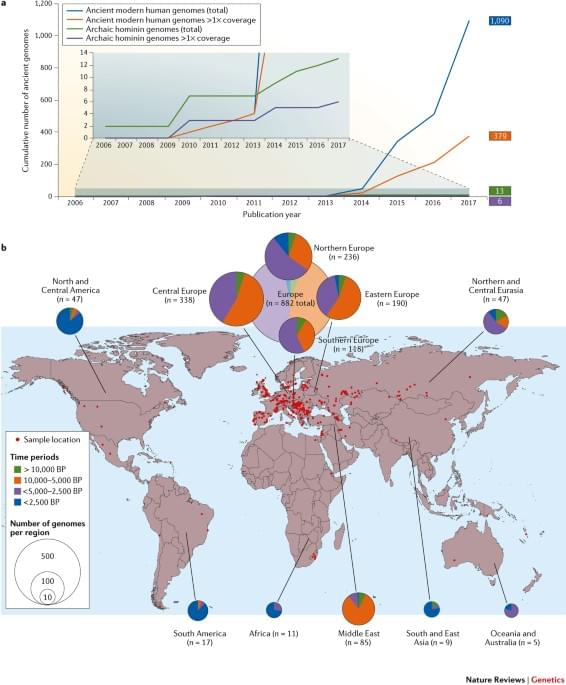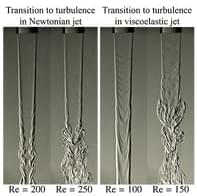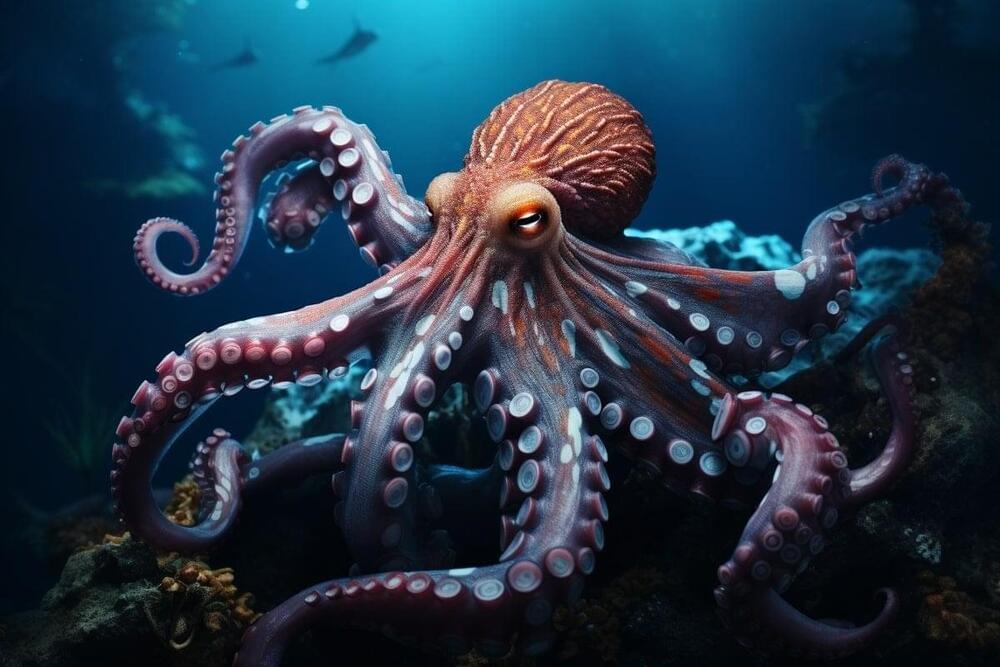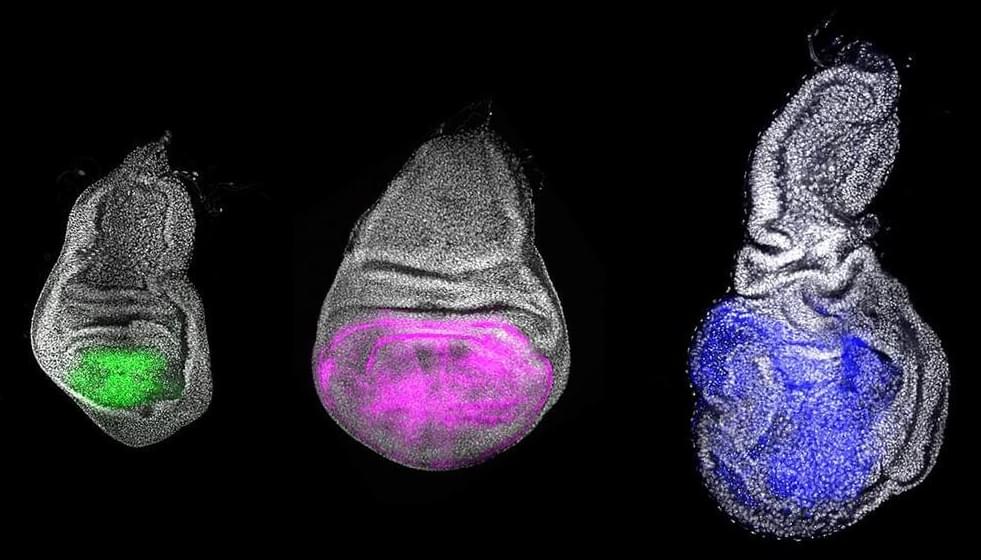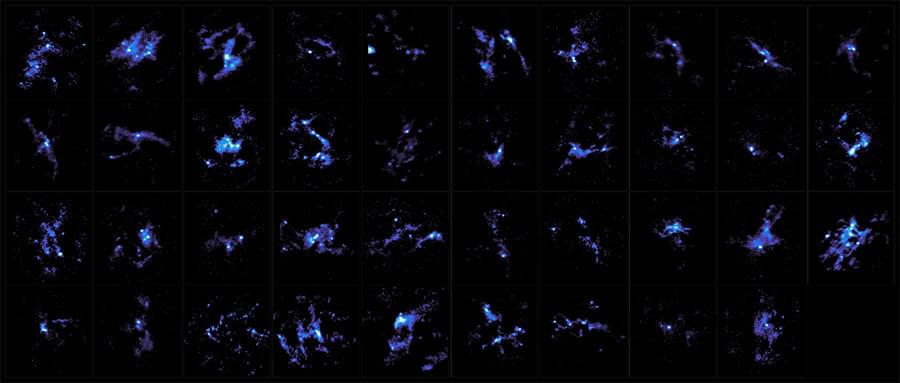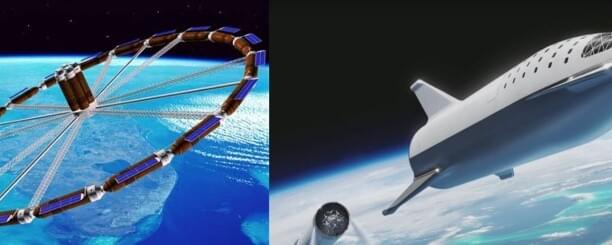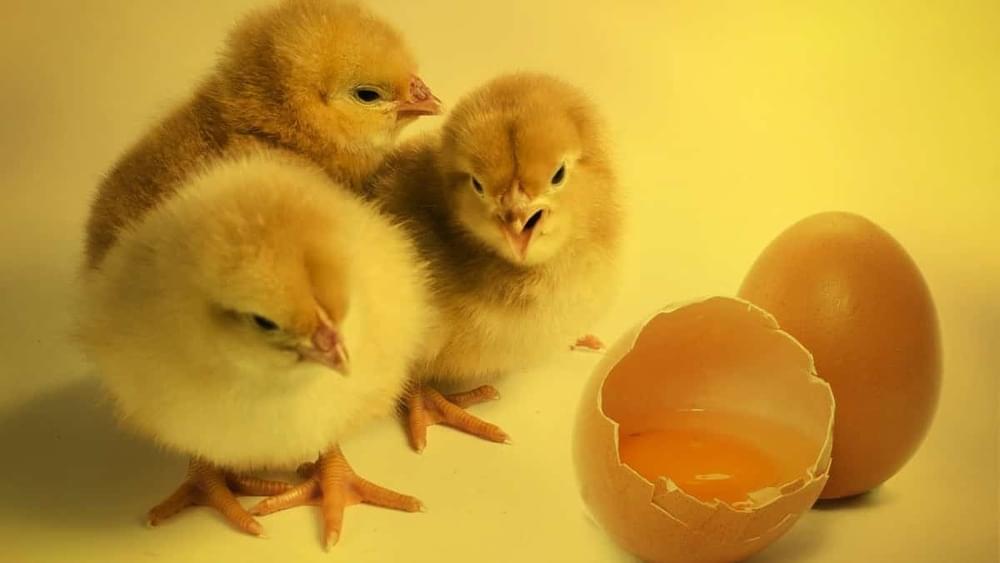Jul 2, 2023
The Most Dangerous Weapon is NOT Nuclear
Posted by Jose Ruben Rodriguez Fuentes in categories: biotech/medical, evolution, military
Sources & further reading: https://sites.google.com/view/sources-biorisk.
This video was made possible through a grant by Open Philanthropy.
Check out the biorisk career guide from 80,000 hours:
https://80000hours.org/kurz-bio.
Find the Map of Evolution and other fascinating infographic posters on the kurzgesagt shop here: kgs.link/shop-179
A breathtaking scientific revolution is taking place – biotechnology has been progressing at stunning speed, giving us the tools to eventually gain control over biology. On the one hand solving the deadliest diseases while also creating viruses more dangerous than nuclear bombs, able to devastate humanity.
Continue reading “The Most Dangerous Weapon is NOT Nuclear” »
